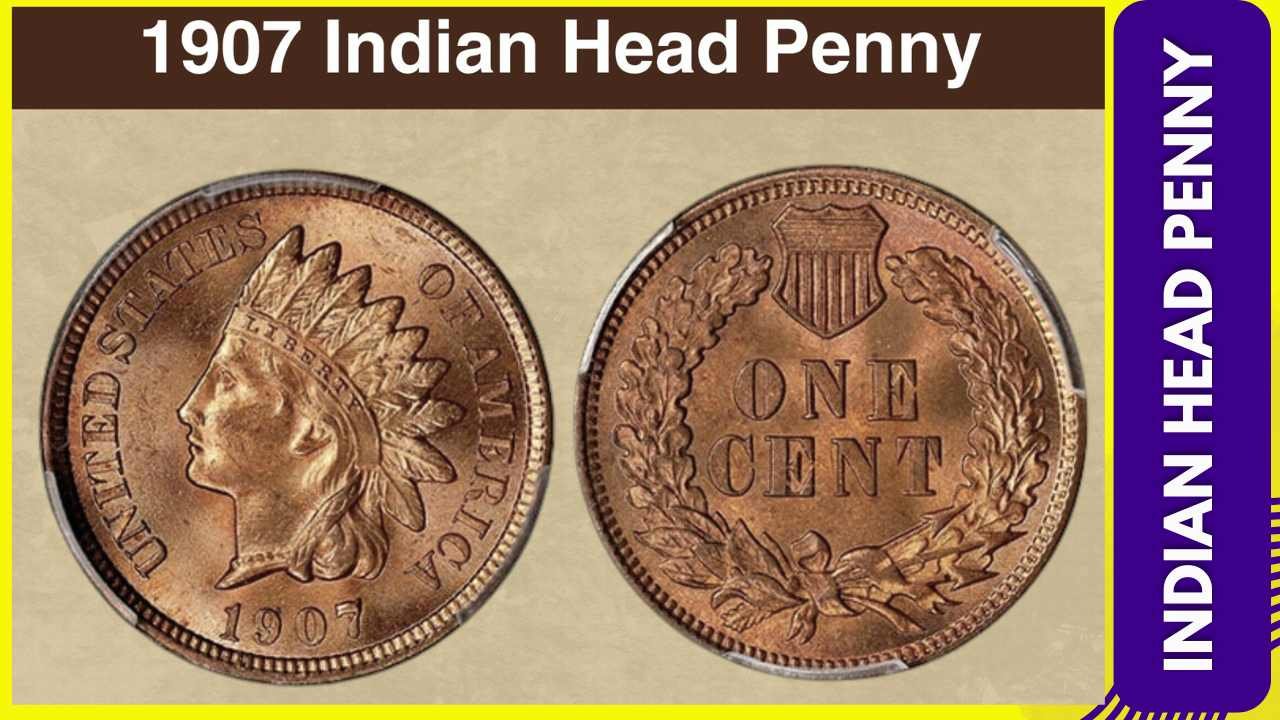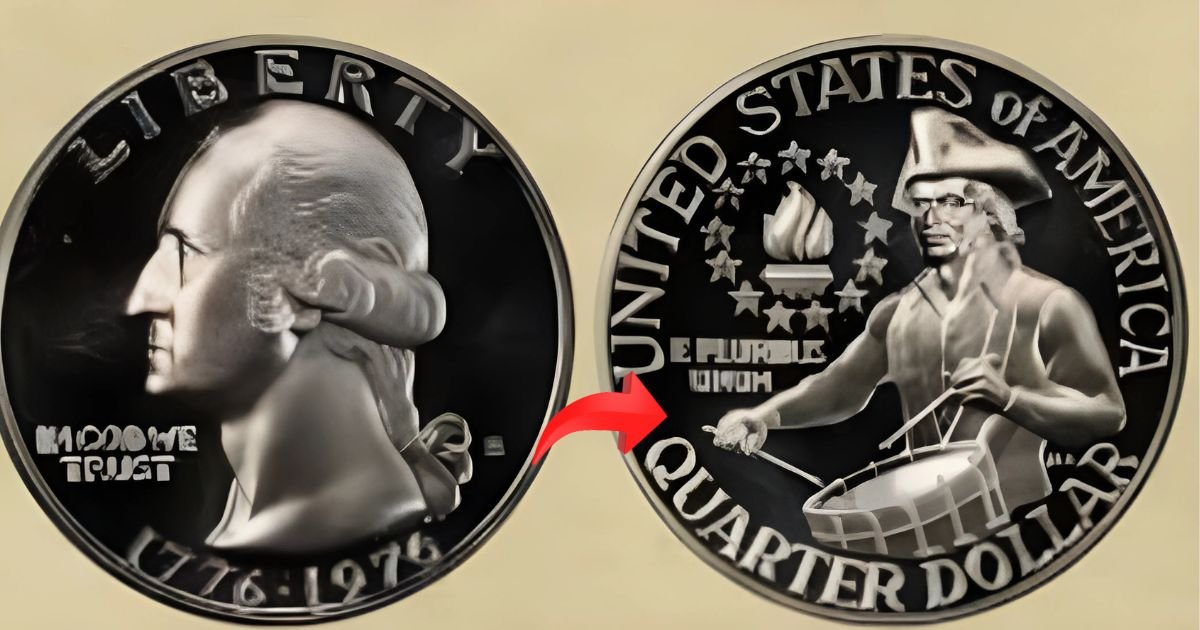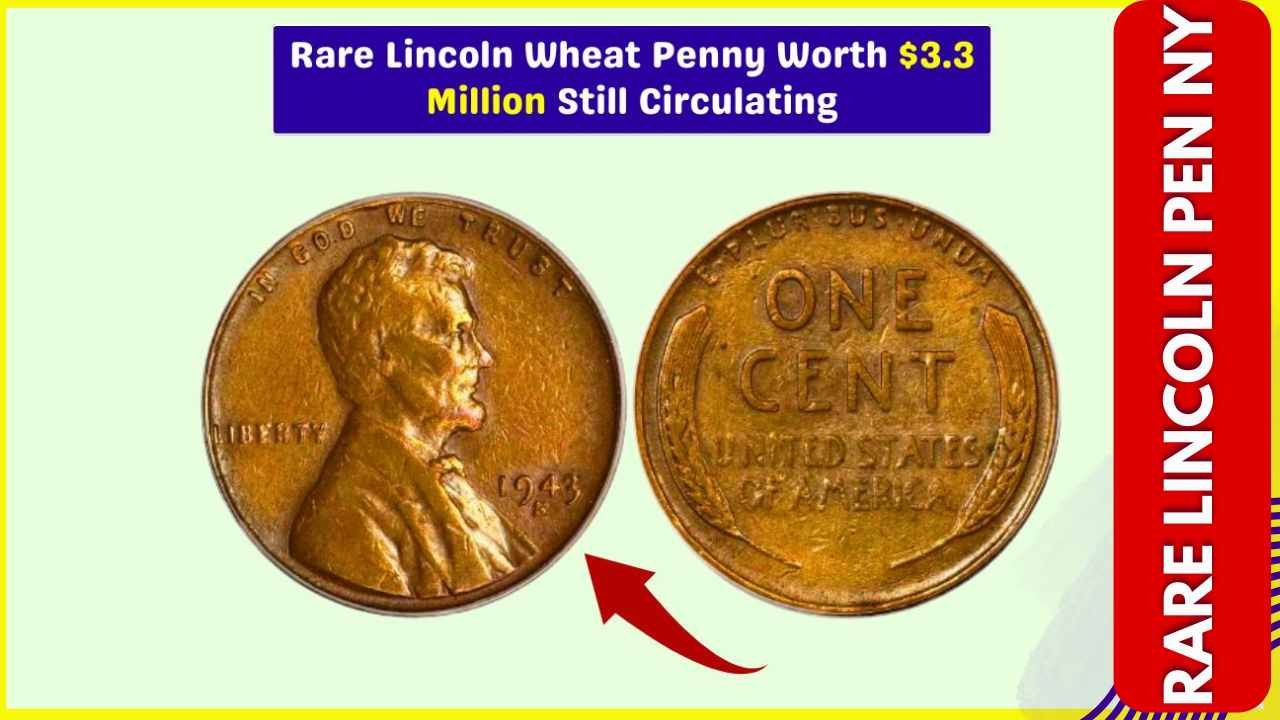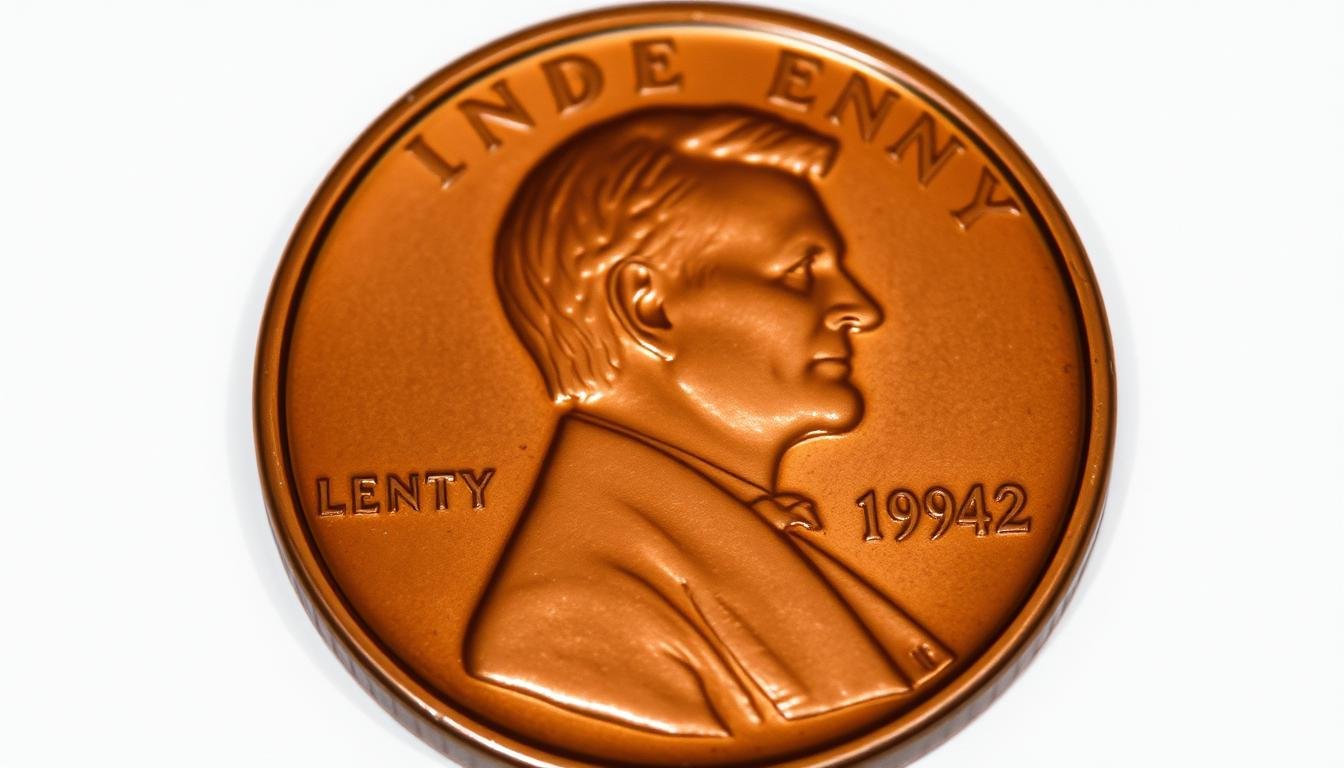The Indian Head Penny is a cherished piece among American numismatics, captivating collectors with its rich history and unique design. As one of the final issues before the introduction of the Lincoln cent in 1909, the 1907 coin holds a special place in the series.
This coin’s value lies not only in its historical significance but also in its condition, making proper identification and grading essential for collectors. The value of these coins can dramatically fluctuate based on their state, making it crucial for both novice and experienced collectors to understand what they’re looking for.
This guide will walk you through the history, physical characteristics, and current market value of the Indian Head Penny, helping you make informed decisions whether you’re purchasing or selling.
Key Takeaways
- The 1907 Indian Head Penny is a significant piece in American numismatic history.
- Its value is heavily influenced by its condition.
- Proper identification and grading are crucial.
- This guide helps both new and experienced collectors.
- The coin is considered both a historical artifact and a potential investment.
- Understanding the coin’s history and market value is essential.
Table of Contents
The History of the Indian Head Penny Series
The Indian Head Penny series, which began in 1859, reflects the cultural and economic landscape of the United States during the late 19th and early 20th centuries. The series was first introduced as a replacement for the Flying Eagle cent, designed by James B. Longacre.
The Indian Head Penny featured Liberty wearing a Native American headdress on the obverse and a wreath on the reverse. Initially, the composition was copper-nickel, but it changed to bronze in 1864. This change was significant, as it affected the coin’s durability and appearance.
- The Indian Head Penny played a crucial role during and after the Civil War, serving as a common currency.
- The 1907 issue is particularly significant within the broader context of the series’ 50-year production run.
- The series reflected American culture and economic conditions, providing insight into the country’s history.
- The coins were widely used in everyday commerce, with their purchasing power varying over time.
The Indian Head Penny series came to an end with the introduction of the Lincoln cent in 1909, marking the end of an era in American coinage. The 1907 Indian Head Penny is an important part of this series, and its value and significance continue to be appreciated by collectors and historians today.
Physical Characteristics of the 1907 Indian Head Penny
The 1907 Indian Head Penny boasts distinctive physical characteristics that set it apart from other coins of its era. One of the most striking features is its design.
The obverse of the 1907 Indian Head Penny features Liberty wearing a Native American headdress, with the word “LIBERTY” inscribed on the band. This design element not only gives the coin its name but also reflects the cultural and symbolic motifs of the time.
The reverse design is equally noteworthy, featuring the denomination “ONE CENT” surrounded by an oak wreath and a shield. These elements symbolize strength and unity, echoing the artistic trends and American symbolism prevalent during the period.
- The 1907 Indian Head Penny has a diameter of 19mm and weighs 3.11 grams.
- It is composed of 95% copper and 5% tin and zinc, giving it a distinct appearance and durability.
- The edge of the coin is plain, a characteristic typical of the 1907 Indian Head Penny.
- The relief depth and rim characteristics contribute to the coin’s overall appearance and wear patterns over time.
The physical specifications and design elements of the 1907 Indian Head Penny not only make it a valuable collector’s item but also a significant piece of American numismatic history. Its copper composition and the intricate details of its design, including the headdress and wreath, are particularly noteworthy.
Mintage Information for the 1907 Indian Head Penny
The year 1907 was notable for the Indian Head Penny, with a large mintage of business strikes. The Philadelphia Mint produced approximately 108,138,618 Indian Head Pennies in 1907, making it one of the more common dates in the series.
In addition to the business strikes, the Philadelphia Mint also produced 1,475 proof coins for collectors. These proof specimens were minted with special dies to create a highly detailed and polished finish.
The Philadelphia Mint was the sole facility producing Indian Head Pennies in 1907. Compared to other years in the series, the 1907 mintage is relatively high, which affects the coin’s relative scarcity.
It’s estimated that a significant number of 1907 Indian Head Pennies have survived to the present day, although the exact number across various grade ranges is difficult to determine. Many coins were lost to melting during copper shortages or due to their face value being less than their metal value.
The mintage figures for the 1907 Indian Head Penny directly relate to its current rarity and market values. With a large mintage, the coin is generally more accessible to collectors, although high-grade examples can still command a premium price.
Understanding the Grading System
Coin grading is an art that combines science and experience, with the Sheldon numerical grading scale being a cornerstone for evaluating Indian Head Pennies. This scale, ranging from 1 to 70, provides a standardized method for assessing a coin’s condition, a critical factor in determining its value.
The major grade categories for coins like the 1907 Indian Head Penny include Good, Very Good, Fine, Very Fine, Extremely Fine, About Uncirculated, and Mint State. Each category represents a different level of wear and preservation. For instance, a coin graded as Good has been heavily circulated and shows significant wear, while a Mint State coin is in its original condition, with no signs of wear.
Key Factors in Grading
Graders examine several key areas of the coin, including the Indian’s headdress feathers, hair details, and the high points of the wreath. The presence of luster, the quality of the strike, and the overall surface preservation also play crucial roles in determining a coin’s grade.
| Grade Category | Description | Key Characteristics |
|---|---|---|
| Good | Heavily circulated | Significant wear, details worn smooth |
| Very Fine | Moderate wear | Major details visible, some wear on high points |
| Mint State | No wear | Original luster, no signs of circulation |
Professional grading services like PCGS and NGC provide a consistent standard for coin grading, helping collectors and investors trust the condition and value of their coins. Even small differences in grade can significantly impact the value of a 1907 Indian Head Penny, making accurate grading crucial.
1907 Indian Head Penny Values by Grade
The grade of a 1907 Indian Head Penny is the most important factor in determining its value. Collectors and investors alike need to understand how grading affects the coin’s worth.
The condition of the coin greatly impacts its value. Coins in better condition, with minimal wear and tear, are worth more than those that are heavily worn.
| Grade | Price Range |
|---|---|
| Good-4 | $10 – $20 |
| Very Good-8 | $20 – $40 |
| Fine-12 | $40 – $60 |
| Very Fine-20 | $60 – $100 |
| Extremely Fine-40 | $100 – $200 |
| About Uncirculated-50 | $200 – $400 |
| Mint State-60 | $400 – $600 |
| Mint State-65 | $600 – $1,000 |
| Mint State-67 | $1,000 – $2,000 |
Red and Red-Brown uncirculated specimens command a premium over Brown examples. The luster and condition of the coin play a significant role in determining its value.
Proof specimens also have a distinct value. The rarity and condition of these coins affect their worth, with higher-grade examples being more valuable.
Recent auction results show a trend towards higher prices for high-grade 1907 Indian Head Pennies. The scarcity of certain grades, as reported by grading services, influences their value.
Factors That Affect the Value of Your 1907 Indian Head Penny
The worth of a 1907 Indian Head Penny is determined by a combination of its condition, rarity, and market demand. The overall condition of the coin is the primary determinant of its value. Coins that are well-preserved and have minimal wear and tear are generally more valuable.
Original surfaces and natural color also play a significant role in determining the desirability and premium pricing of a 1907 Indian Head Penny. Coins with original luster and color that have not been altered or tampered with are highly sought after by collectors.
Eye appeal factors such as strike quality, luster, and toning can significantly increase a coin’s value beyond its technical grade. A coin with excellent eye appeal can command a higher price due to its aesthetic appeal.
| Factor | Impact on Value |
|---|---|
| Condition | High |
| Original Surfaces | High |
| Eye Appeal | Medium to High |
| Supply and Demand | Medium to High |
| Market Conditions | Medium |
Supply and demand economics also affect pricing, particularly for higher-grade examples. The general coin market conditions and economic factors influence values over time. The presence of varieties, errors, or unusual characteristics can also impact the value of a 1907 Indian Head Penny.
Proper storage and handling can preserve a coin’s condition and value. Authentication and professional grading can affect marketability and price. The historical significance of the Indian Head series creates sustained collector demand, further influencing the value of the 1907 Indian Head Penny.
Tips for Collectors and Buyers
The 1907 Indian Head Penny, a staple in many collections, demands a discerning eye for authenticity and quality. To navigate this market effectively, collectors and buyers must be well-informed.
Authenticating and Purchasing
Authenticating a genuine 1907 Indian Head Penny involves checking for signs of wear and verifying the coin’s design and copper composition. When purchasing, it’s crucial to buy from reputable dealers, auction houses, and online marketplaces to avoid counterfeits.
- Verify the coin’s authenticity by examining its copper content and design details.
- Purchase from reputable sources to ensure you’re getting a genuine coin.
Collecting Strategies
Collectors can adopt various strategies, such as assembling a complete date set, focusing on high-grade examples, or collecting by die varieties. Understanding the value and rarity of each coin is key to making informed decisions.
- Consider assembling a complete date set for a comprehensive collection.
- Focus on high-grade examples for a more valuable collection.
Proper storage and handling are vital to preserving the condition of your Indian Head Pennies. Using protective cases and handling coins by the edges can prevent damage.
By being informed about market trends, using educational resources, and considering population reports and auction records, collectors can make smart purchasing decisions and build a valuable collection.
Conclusion: Is the 1907 Indian Head Penny a Worthy Investment?
For numismatists, the 1907 Indian Head Penny represents a unique blend of history and investment potential. As one of the final issues in the beloved Indian Head series, this coin is highly sought after by collectors and investors. Its value is determined by factors such as grade, luster, and rarity, making high-grade examples particularly valuable.
The 1907 Indian Head Penny has historically performed well as an investment, with its value appreciating over time. Current market trends and collector demographics suggest a continued strong demand for this coin, indicating a positive long-term outlook.
Whether you’re a seasoned collector or just starting your numismatic journey, the 1907 Indian Head Penny is a worthy addition to any collection. It offers a balance of historical significance and potential for long-term value appreciation, making it an attractive option for both collectors and investors.















